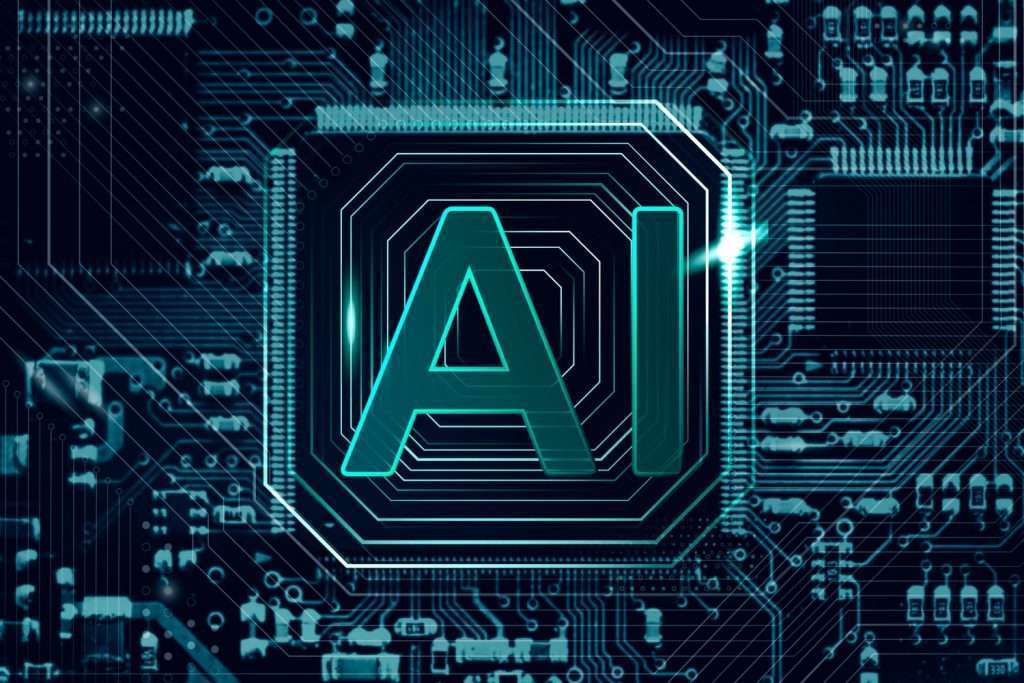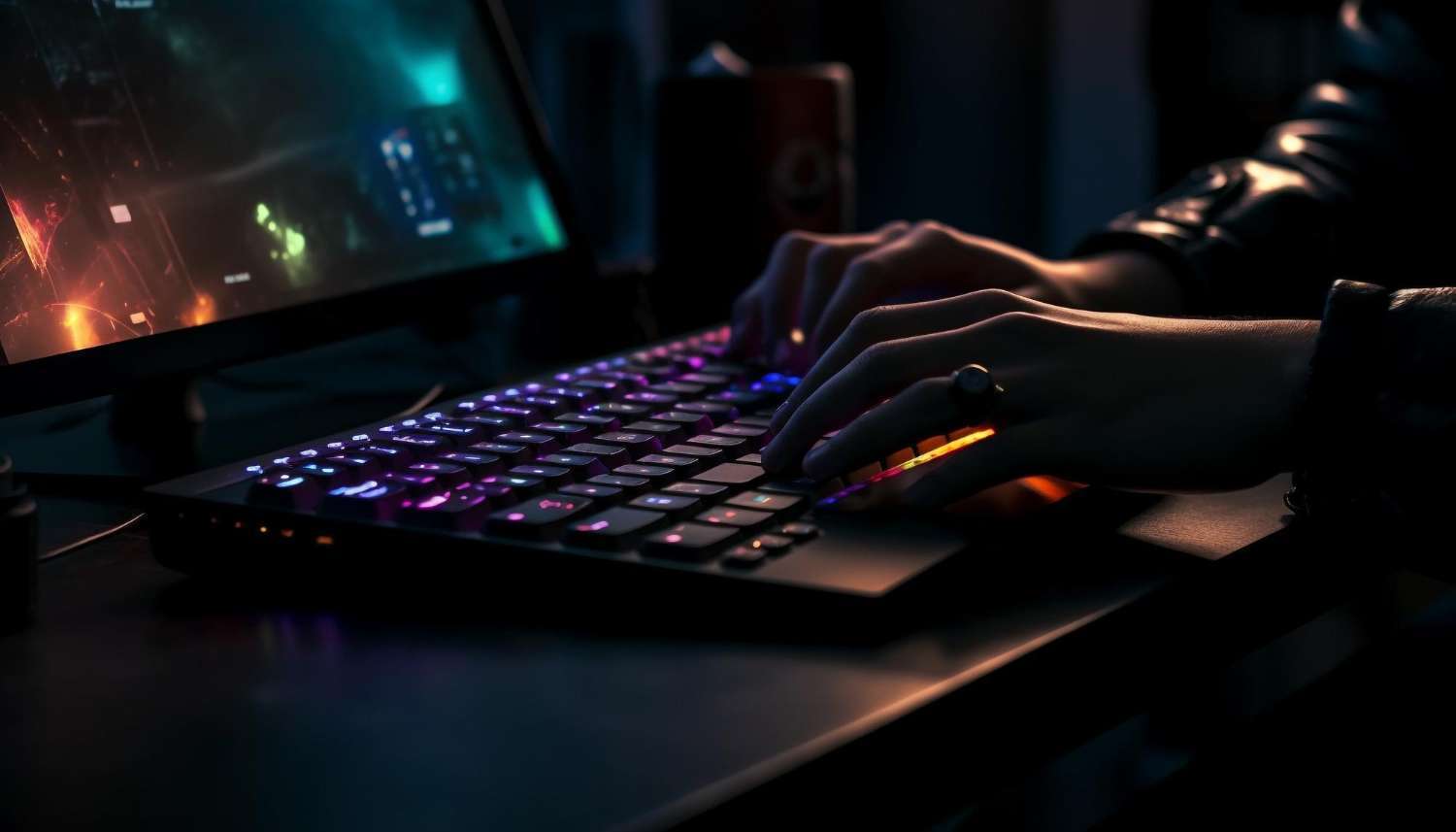An AI text-to-image generator employs deep learning technology to transform written descriptions into graphical illustrations. It acquires this capability by studying numerous pairs of sentences and their corresponding images in the training data.
Over time, this AI system becomes adept at understanding different elements described in the text and generating corresponding images.
What is the role of deep learning in AI text-to-image generators?
Deep learning is at the heart of AI text-to-image generators. These AI systems employ advanced deep learning models, including Generative Adversarial Networks (GANs), to understand and replicate the complex relationship between text descriptions and digital images. GANs, in particular, have shown promising results in this field. They use two neural networks that compete and learn from each other to generate realistic images from textual descriptions.
Deep learning also enables these AI tools to handle different image attributes specified in the text. Their ability to grasp the intricate interactions among various elements within the digital representation allows these models to produce more precise and detailed images.
How does the training process of AI text-to-image generator work?
The training process of an AI text-to-image generator involves exposing the system to a large dataset comprising text descriptions and corresponding images. This helps the AI understand the correlation between the text details and pictures. It learns to recognize descriptions of different elements like shape, color, or size and associate them with their visual representations.
After receiving a new textual description, the AI uses what it learned during training to generate a corresponding image. Of course, the accuracy and reliability of resulting images depend on the quality and quantity of training data the AI has previously seen.

What are the applications of AI text-to-image generators?
AI text-to-image generators have broad applications spanning different industries. For example, they could aid content creators in producing unique and engaging visuals for their work, saving time and adding consistency to their content. The main article, “AI Text-to-Image Generator: Integrating Deep Learning Technology“, further delves into the topic.
Moreover, these AI tools could help graphics designers bring their creative designs to life simply by describing them in words. Marketing teams, too, could leverage this technology to create eye-catching visuals to enhance their marketing campaigns.
Lastly, AI developers can use these AI tools in various projects, providing new solutions to creative challenges.
- The Agentic Startup Manifesto - June 8, 2025
- Remote Hiring in 2025 - April 5, 2025
- Burnout in Remote Teams: How It’s Draining Your Profits - January 27, 2025
